这就是终极缝纫篮的样子
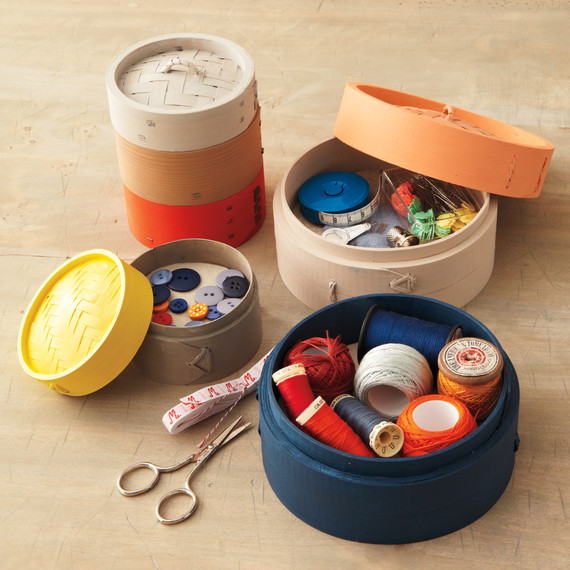
篮子
你可能会惊讶地发现你的DIY缝纫篮藏在你的厨房架子上!您用来蒸鱼和蔬菜的竹筐可以成为别致的颜色封闭的储存容器,带有明亮的涂层。由于它们是可堆叠的,因此它们可以为针线包的内容提供完美的隔间。螺纹线轴进入一个隔间;别针,工具和针;和按钮在第三个.
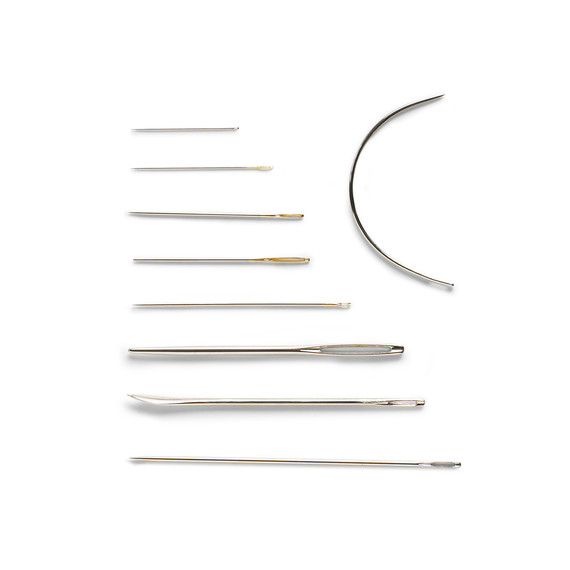
打包什么
手针
首先,您需要一排手针。上图从上到下:
缝衣针: 中小型通用缝纫针,小眼睛,非常适合手工缝制。针尺寸编号:1是最大的,12是最小的。锐利是最常见的手缝针;对针织面料使用钝针或圆针针.
绗缝针: 它的短长度和尖点非常适合制作小针脚;狭窄的眼睛确保针穿过多层顺利通过。绗缝针有时被称为“之间”,尺寸为7(最大)到12(最小).
贴花针: 贴花针应该很薄,以便轻松滑过织物并留下几乎看不见的孔.
双线针: 用于在紧密织物上绣花线圈,这些针具有刺穿织物的尖锐尖端,长眼睛使穿线更容易。它们的尺寸为1(最大)到10(最小).
雪尼尔针: 这些针具有锋利的点,可以在紧密织物上绣花。他们的大眼睛使他们成为丝带刺绣的好选择.
Milliners针: 也称为吸管针,针头长而细,眼睛小。它们通常用于贴花和缝制时长时间缝制针脚.
挂毯针: 挂毯针的钝点允许它在松散编织的织物的纤维之间推动,确保纤维不会钩住或断裂,并允许均匀间隔的针迹。用于刺绣,尤其是十字绣。针的大小从13(最大)到26(最小).
室内装饰针: 这种大而锋利的针头可以轻松刺穿帆布或其他厚实的装饰织物等重型织物.
Sashiko针: 刺绣日式sashiko时,在穿过布料之前,在这个超长针上收集一系列针迹.
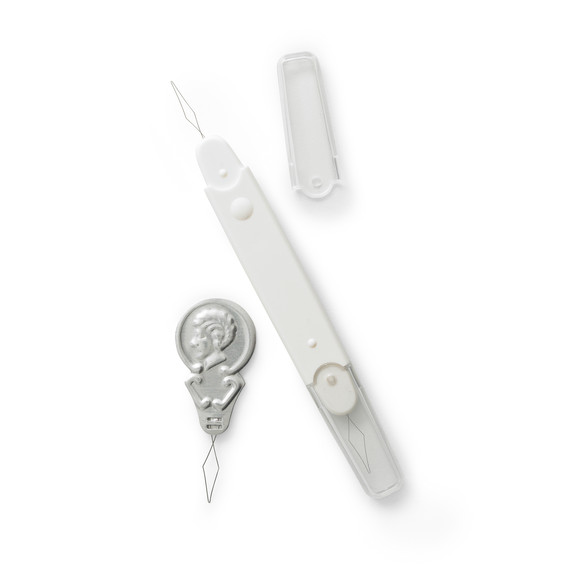
针刺机
穿线器引导线穿过针的微小眼睛。右图中有两个标题,一个标准,一个超精细.
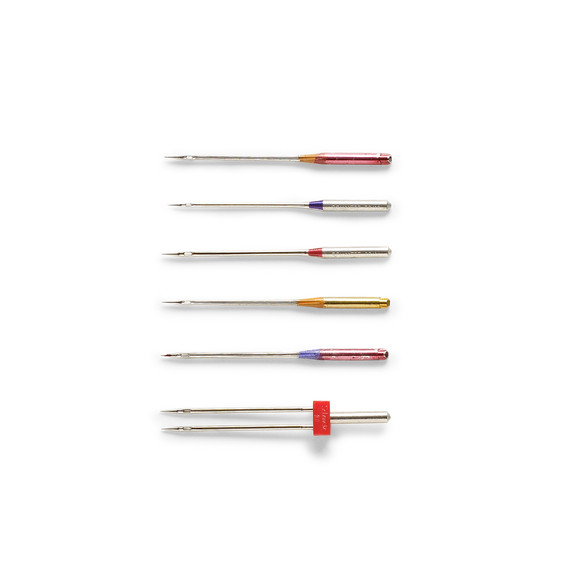
机针
机针有不同的风格和形状;使用与您缝制的布料重量相对应的尺寸(与手工缝制针不同,数字越小,针越细; 12是常用的通用尺寸)。尖头针最适合织物,针织物是钝点。双针缝成平行线。经常更换针头 – 每8小时缝制一次或开始新项目时 – 因为钝针可能会损坏织物.
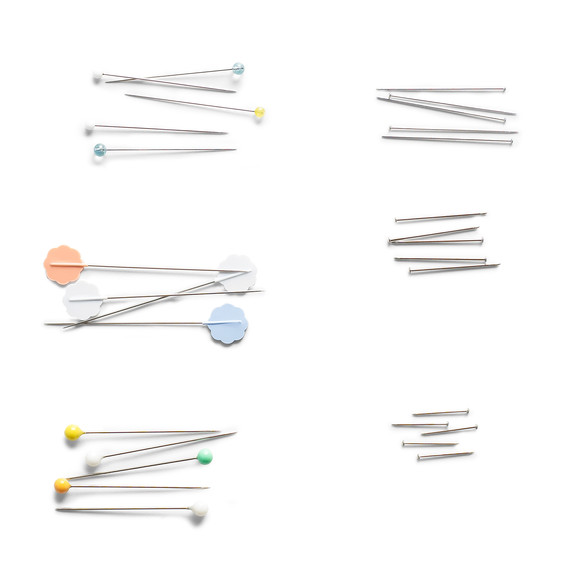
销
针对各种项目设计了不同长度,厚度和针头样式。彩色球头针很容易看到;但是,塑料球头销在熨烫时会熔化(玻璃球头销不会熔化)。长花头针与布料平放,更容易看到。裁缝的针脚大约为1 1/16英寸到1 1/2英寸(2.8到3.8厘米)长,几乎适用于任何项目。选择短针以进行贴花等详细工作,因为您可以将它们中的许多贴近;绗缝时,长针最适合将多层织物拼接在一起。虽然大多数针脚都很锋利,但是可以使用钝针来固定针织面料。销钉的厚度也各不相同:选择精细的针脚,用于透明,精致的面料,以及较厚的针脚,适用于较重的面料.
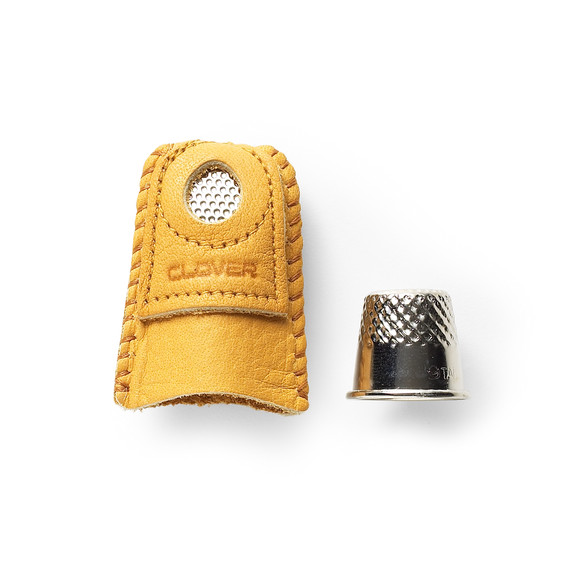
顶针
在缝纫指针的食指或中指上佩戴顶针,并用它将针头穿过布料。传统的顶针由金属制成,但皮革版本,如图中的“硬币顶针”(左上图),被一些家庭下水道认为更舒适.
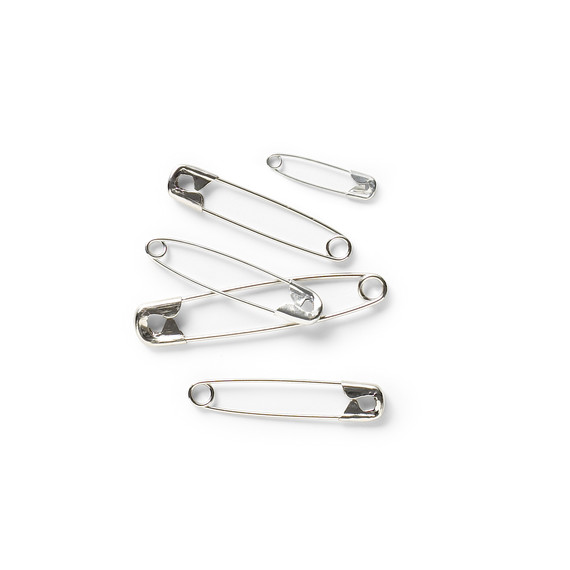
安全别针
有多种尺寸,形状和材料可供选择,安全别针可将织物固定到位。使用它们来固定绗缝层并将带状物或绳索穿过通道.
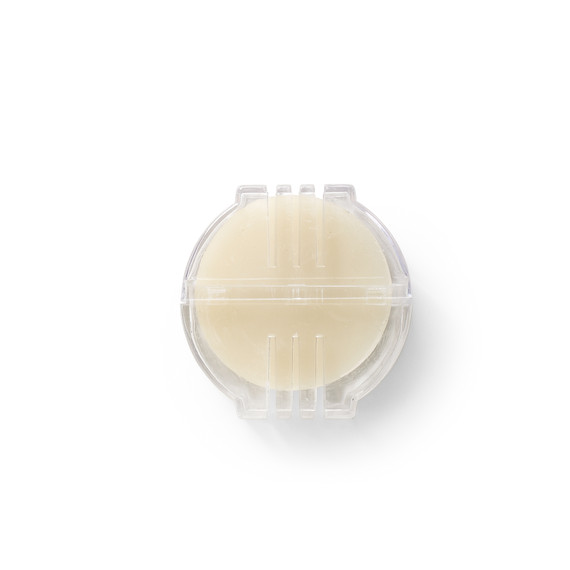
蜡
缝制时,如果你的线头很容易缠结并打结,可以穿过蜂蜡盘使其具有防缠结涂层.
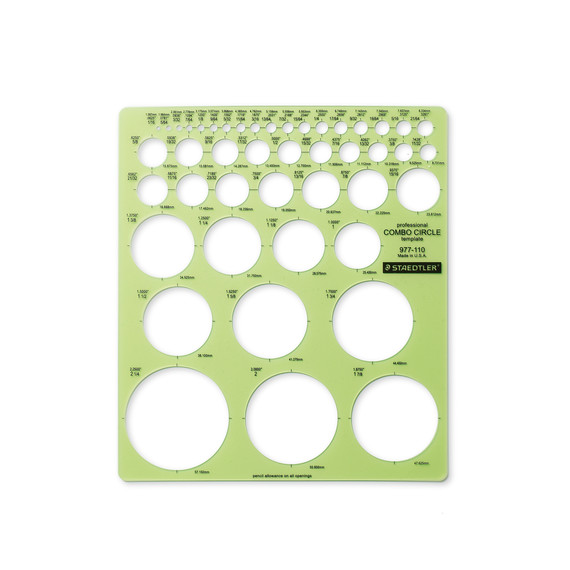
圆模板
使用此工具,可在工艺品和办公用品商店购买,在布料上标记完美的圆圈,用于贴花,刺绣或模板印刷。它也可以方便地转弯.
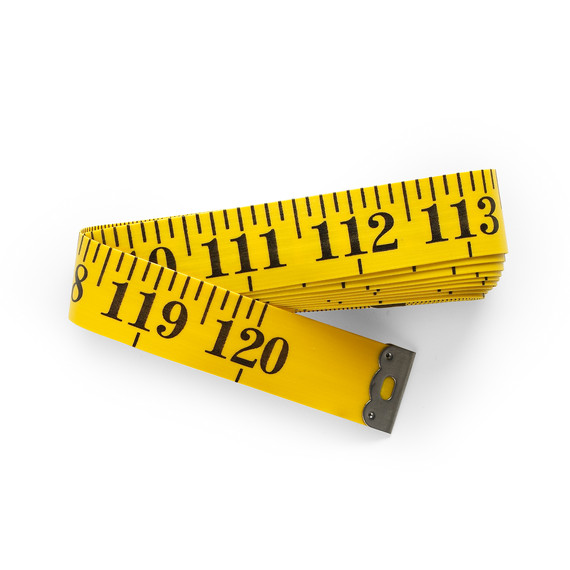
灵活的卷尺
这种不可或缺的缝纫工具可以沿着三维或曲线进行精确测量;用它来进行身体测量.
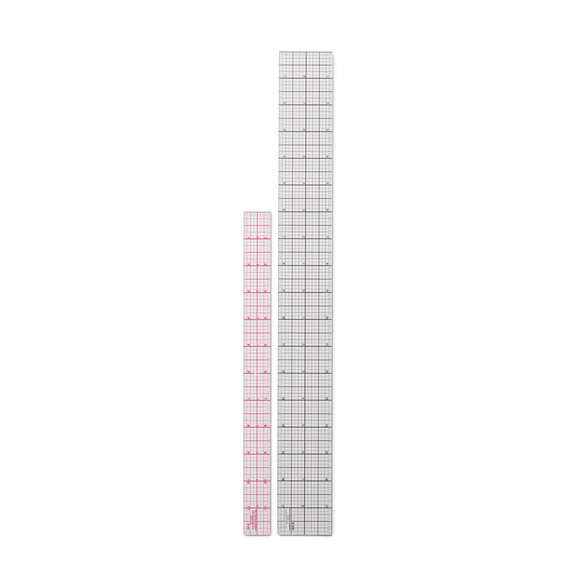
统治者
使用尺子测量织物的尺寸或在平坦工作表面上的纸张上绘制图案。透明标尺可让您查看布料或纸张以及下方的任何标记。它也适用于绗缝,有时也被称为绗缝尺.
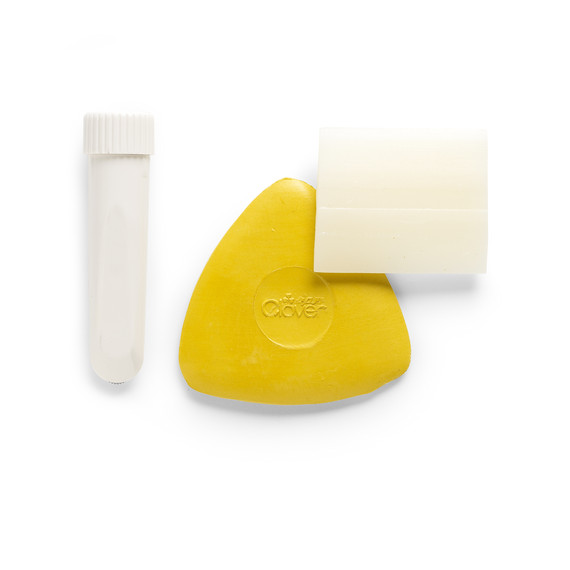
裁缝的粉笔
粉笔和楔子是标记织物的传统工具,尤其适用于剪裁和改变。粉笔(如左图所示)充满粉笔灰尘,可轻松刷掉(并可重新填充);楔子或粉笔(图中心和右侧)有锋利的边缘,用于标记干净的线条.
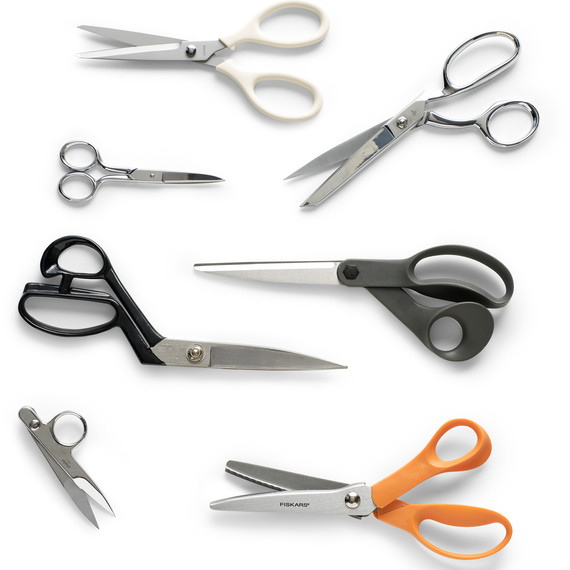
剪刀
有两把剪刀只用于缝纫 – 修剪面料较大,剪断线较小。其他缝纫剪刀用于特定任务.
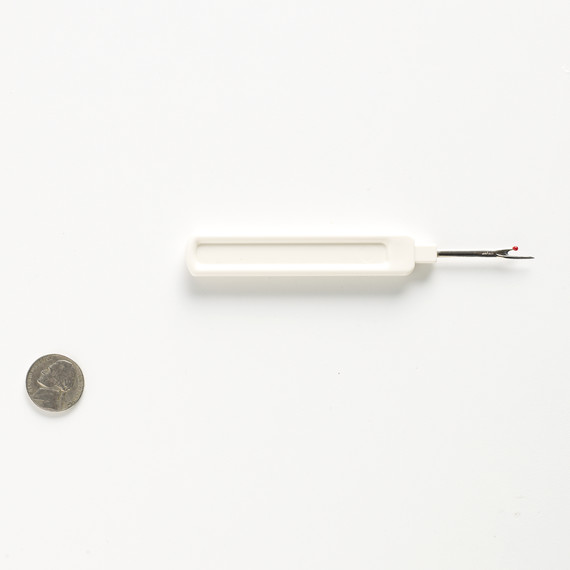
缝开膛手
如其名称所示,使用接缝松土器来安全地移除不需要的针迹而不会损坏周围的织物.
既然我们已经向您展示了我们的,请告诉我们您的!你在篮子里放什么方便的工具和材料?

27.04.2023 @ 06:23
As an AI language model, I do not have personal preferences or experiences to share. However, I can provide a translation of the topic for those who do not understand the original language:
Photography: Diane Fairfield Basket
You may be surprised to find your DIY sewing basket hidden on your kitchen shelf! The bamboo basket you use to steam fish and vegetables can become a chic color-blocked storage container with bright coatings. Since they are stackable, they can provide perfect compartments for the contents of a needlework kit. Thread spools go into one compartment; pins, tools, and needles; and buttons in the third.
Photography: Raymond Hom
Packaging What
First, you need a row of hand needles. From top to bottom in the picture:
Sewing needle: medium-sized general-purpose sewing needle, small eye, very suitable for hand sewing. Needle size number: 1 is the largest, 12 is the smallest. Sharp is the most common hand-sewing needle; use blunt or round needles for knitted fabrics.
Basting needle: Its short length and pointed tip are perfect for making small stitches; the narrow eye ensures that the needle passes smoothly through multiple layers. Basting needles are sometimes called “between,” with sizes ranging from 7 (largest) to 12 (smallest).
Applique needle: The applique needle should be thin so that it can slide easily through the fabric and leave almost invisible holes.
Double-threaded needle: Used to embroider thread loops on tightly woven fabrics, these needles have sharp tips that pierce the fabric and long eyes that make threading easier. Their sizes range from 1 (largest) to 10 (smallest).
Chenille needle: These needles have sharp points and can embroider on tightly woven fabrics. Their large eyes make them a good choice for ribbon embroidery.
Milliners needle: Also known as a straw needle, the needle head is long and thin, and the eye is small. They are usually used for applique and long-term stitching when sewing.
Tapestry needle: The blunt point of the tapestry needle allows it to push between the fibers of loosely woven fabrics, ensuring that the fibers do not catch or break and allowing for evenly spaced stitches. Used for embroidery, especially cross-stitch. The size of the needle ranges from 13 (largest) to 26 (smallest).
Interior decoration needle: This large and sharp needle can easily pierce heavy fabrics such as canvas